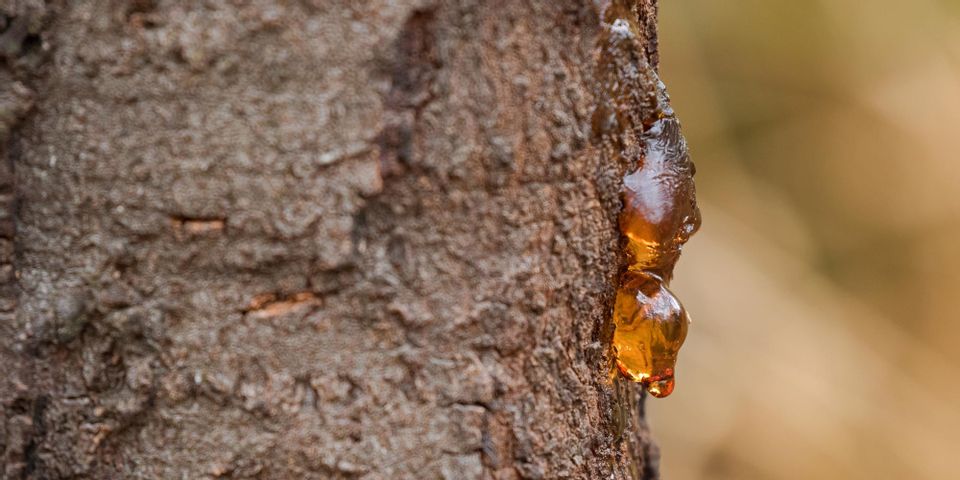
While bleeding from trees can be alarming to tree owners, it’s often a normal side effect of tree pruning. However, living organisms like fungi or direct sunlight and sudden temperature change can also trigger a tree to drain sap, which can invite various diseases. Learning more about this organic phenomenon will help you better understand what your trees need and when you need to call for professional help.
Why Do Trees Bleed Sap?
Sap is a sugary fluid containing water and essential nutrients. Trees produce it in their leaves, and it spreads across the whole tree with the help of two parts: the phloem and xylem. Similar to veins and arteries in our body, phloem and xylem are the tree’s vascular system. The phloem transports nutrients from the leaves to the root, while xylem transports them upwards from the root. If a cut is made on a branch during tree pruning, this will sever the phloem, causing the sap to ooze out.
In Montana, several species will seep after tree pruning, such as Birch, Maple, Poplar, and Walnut trees. However, if a tree is bleeding sap because of wounds made from different causes, such as environmental stress, winter damage, or insect infestation, it can develop a disease called gummosis. The leaves will turn yellow, and lesions will develop on the bark’s infected areas draining amber-colored sap.
What Should You Do? 
If you notice that your tree is oozing sap, call a professional tree service immediately. They will inspect the tree for any illnesses or other weak points.
If needed, they will coat your tree with a particular type of paint. This will form a protective barrier, reducing the risk of infection or insect infestation. They can also provide a professional pruning service that minimizes any cut-related sap bleedings.
If you need help with an infected tree or need tree pruning, turn to the experts at L & M Tree Service in Kalispell, MT. They will assess every tree in your yard, providing a pruning plan for each tree to make sure they stay healthy for a long time. For more information, visit their website or call (406) 261-7240 today to schedule a consultation.
About the Business
Have a question? Ask the experts!
Send your question

